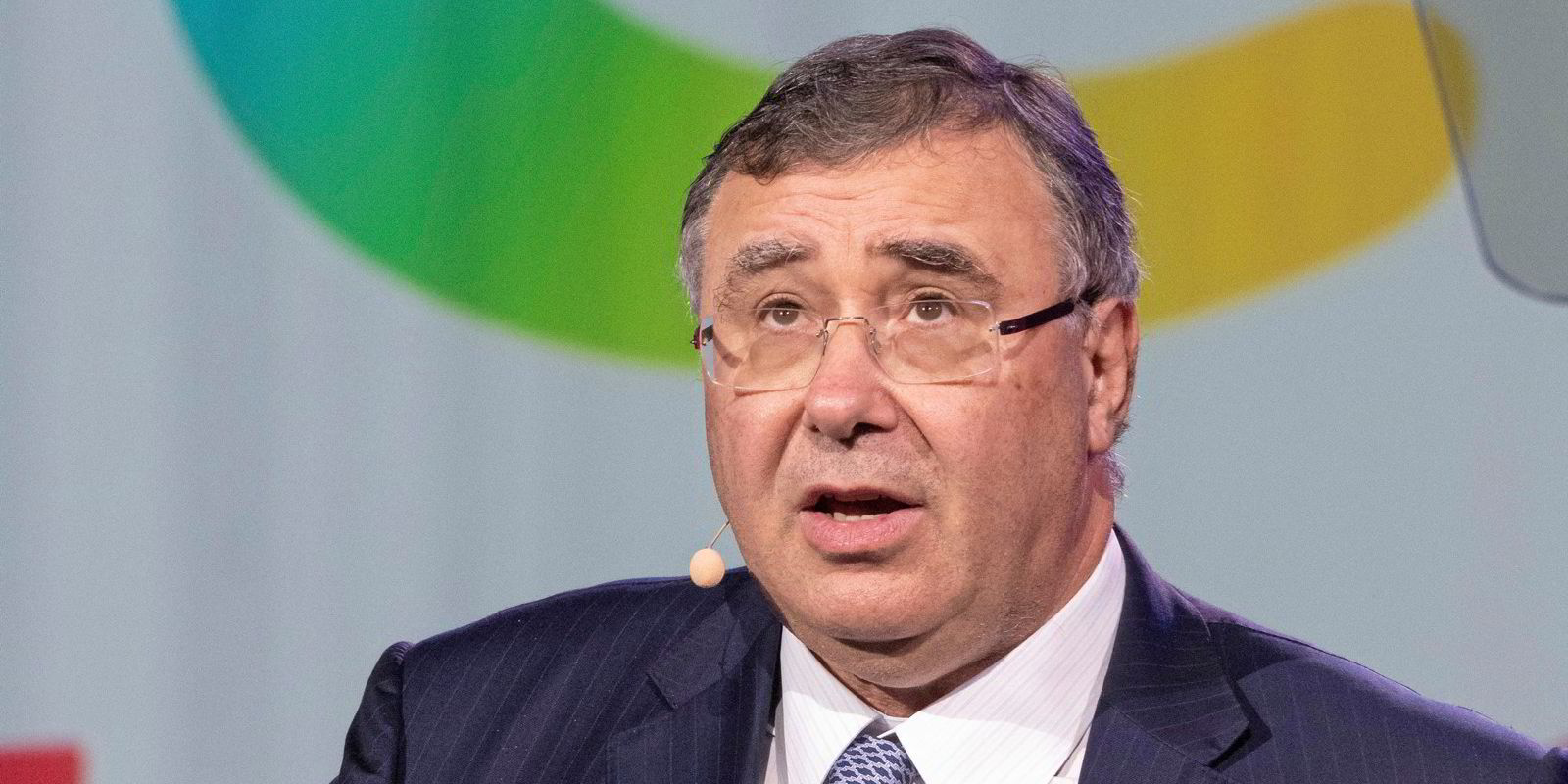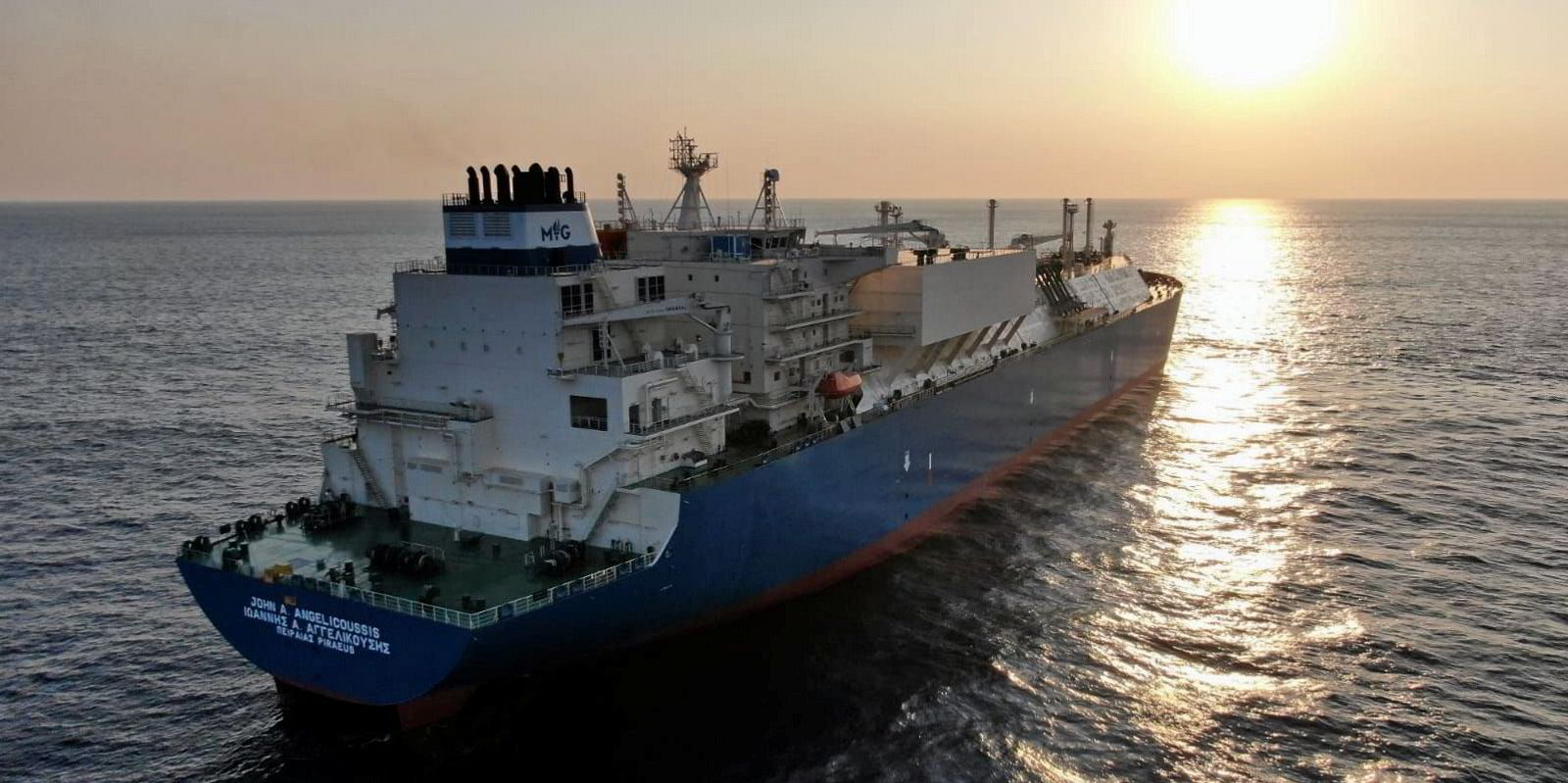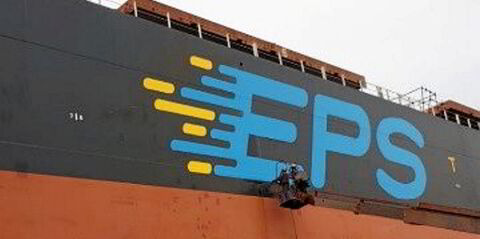Europe’s new hunger for LNG in the wake of Russian pipeline gas cuts is set to intensify competition with Asia for the limited new supply available over the next two years, energy major Shell said in its annual review of the sector.
Releasing its LNG Outlook 2023 today, the major said this “may dominate LNG trade over the longer term”.
It said the loss of Russian pipeline imports has “structurally altered” Europe’s gas market, detailing a supply gap equating to about 140 million tonnes (mt) of LNG by 2030.
Shell detailed that Europe imported 60% more LNG in 2022 than in the previous year with volumes up at 121 mt.
In comparison, Chinese LNG imports fell by 15 mt, along with reduced numbers for south-east Asian buyers.
“Europe’s rapidly rising appetite for LNG pushed prices to record highs and generated volatility in energy markets around the world,” Shell said.
The report forecasts that this will continue in the near term.
“In 2022, Europe’s LNG demand forced other buyers to reduce their imports and switch to other fuels, generating more emissions,” it added.
“With reduced Russian pipeline gas, LNG is becoming an increasingly important pillar of European energy security, supported by the rapid development of new regasification terminals in north-west Europe,” the major said.
“In contrast, China is evolving from being a rapidly growing import market to playing a more flexible role with an increased ability to balance the global LNG market.”
Shell executive vice president for energy marketing Steve Hill said: “The war in Ukraine has had far-reaching impacts on energy security around the world and caused structural shifts in the market that are likely to impact the global LNG industry over the long term.”
“It has also underscored the need for a more strategic approach — through longer-term contracts — to secure reliable supply to avoid exposure to price spikes.”
Shell said that by 2030 about 80% of new LNG supply will come from Qatar and the US.
The major’s figures show that 50 million tonnes per annum of long-term LNG sale and purchase agreements were signed for US volumes in 2022, more than double the amount concluded for that region in the previous year.
Shell said total global trade in LNG reached 397 mtpa in 2022 with demand forecast to reach 650 to over 700 mtpa by 2040.
Demand forecasts
“More investment in liquefaction projects is required to avoid a supply-demand gap that is expected to emerge by the late 2020s,” it said.
The company’s presentation shows several demand forecasts which illustrate a supply gap of between 150 mtpa to 200 mtpa by 2040.
Shell said new technologies to reduce emissions from gas and LNG supply chains will help to consolidate the product’s role in the energy transition mentioning the development of renewable natural gas, synthetic natural gas, hydrogen and ammonia.
Giving examples, the company said it had used artificial intelligence to modify operations at an existing LNG plant reducing annual emissions there by around 130,000 tonnes for a single liquefaction train.
It also highlighted that in 2022 six LNG plants with a total production capability of 67.5 mtpa announced plans for carbon capture utilisation and storage projects to cut CO2 emissions.





